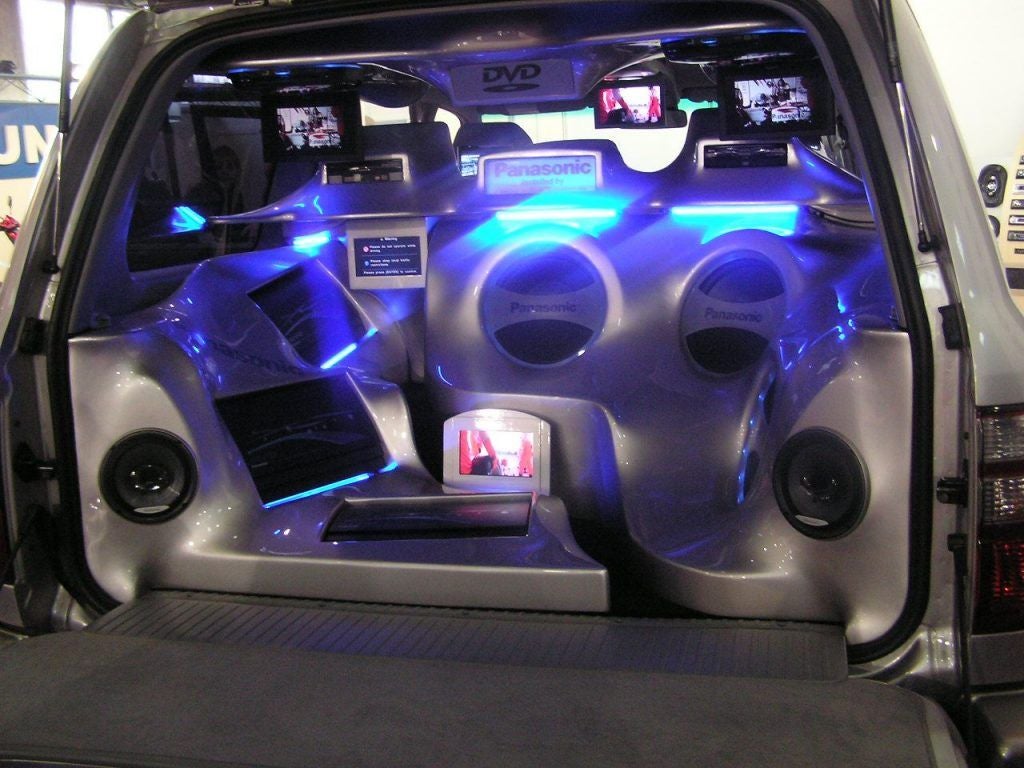A dream that most people have is to own a car or motorcycle and for some, achieving that dream can take years of planning and saving. We are familiar with the kind of expenses one might face when it comes to purchasing a new vehicle but with financing and bank loans now available, it has become a lot easier to get a car or bike. However, before you simply take a loan and enter a dealership to buy a two-wheeler or four-wheeler, you have to understand the difference between the vehicle's Ex-Showroom price and its On-Road price. Here you will learn everything you need to understand the differences between Ex-Showroom and On-Road pricing and all the other components when it comes to buying a new vehicle in the country.
What is Ex-Showroom Price?

A vehicle’s Ex-Showroom price is the cost of the car or bike without including the additional charges such as the RTO (Regional Transport Office) registration, insurance, and road tax. As you would know, especially if you’re thinking of buying a vehicle, without paying the registry charges, road tax, and insurance, you will not be allowed to drive your new vehicle legally on the road. If these charges are not paid and you continue to drive your vehicle, you will be fined quite heavily. When a new vehicle is launched, it is usually displayed with the Ex-Showroom price so as to attract more people. The Ex-Showroom price does however include the Goods and Service Tax, the ex-factory cost, and the profit margin made by the dealership.
What is On-Road Price?

As the name describes, On-Road price is the cost you would pay to get a vehicle from the dealer or showroom onto the road. Like we said earlier, it is illegal to drive a vehicle on the road if certain charges are not paid and that is exactly what On-Road pricing is. The price of a vehicle including the Ex-Showroom price, road tax, registration charges, and insurance combined is the On-road price of that vehicle. Even if you want a car or bike fitted with an accessory or feature that is offered by the dealership, it will be included in the On-Road pricing. Today, many websites offer On-Road pricing calculators which makes it easier to know approximately what you will be paying before you even get to the dealership. Knowing the On-Road price of a vehicle can help you get the right loan amount or financing for your desired vehicle.
Other Components for the On-Road Price of Vehicles
We have discussed the differences between the Ex-Showroom and On-Road prices for new vehicles in India but these prices are not constant as they could change with a change in taxes, fees, and other factors. The mandatory charges on a vehicle include the RTO registration fees, insurance, and road tax – which no matter what, have to be paid for all vehicles for them to be driven legally in the country. The other optional charges when buying a new car or bike include any accessories for the vehicle, premium features or components, custom colours, or even an extended warranty. Let’s take a closer look at some of the charges that are included in the On-Road price of a vehicle.
RTO Registration

Registering for a new car or bike at the local Regional Transport Office is the first thing anyone should do when buying a vehicle. It is a mandatory charge without which a vehicle will not legally be allowed to be driven in the country. Usually, the dealership includes the RTO registration charges in the On-Road price but you have to confirm with them before leaving with the vehicle. The charges for registering a vehicle vary across the country depending on state laws and taxes. You can even get a customized or fancy registration number by paying extra at the RTO or dealership.
Road Tax
In simple terms, road tax is the tax you pay to drive your new vehicle on the road. It legalizes your vehicle so that you can freely drive on Indian roads. The road tax amount is a percentage calculated according to the Ex-Showroom price of the car or bike. The percentage of road tax is usually between 3 and 20 percent in the country and the tax is valid for anywhere between 10 and 15 years.
Insurance

As mentioned earlier, insurance is one of the mandatory charges that are included in the On-Road price of a vehicle in India. It has been made mandatory by The Motor Vehicles Act and anyone who fails to pay the insurance on their vehicle will have to pay heavy fines. Insuring a vehicle is mandatory but the owner has the freedom to choose the insurance policies of their liking. Buyers can choose between Third-Party and Comprehensive insurance policies. The major difference between these two policies is that the Comprehensive policy offers “Own Damage” cover. Usually, car or bike dealerships have tie-ups with various insurance providers from which people can choose their preferred policies.
Tax Collected at Source
Tax Collected at Source or TCS is the tax that is charged by the dealership whenever a new vehicle is sold. The TCS is 1 percent of the Ex-Showroom price of the vehicle.
Green Cess

The Green Cess tax is levied against all vehicles that use petrol or diesel and produce emissions. It is a way to make the environment “greener” as the tax is used in methods to reduce carbon emissions. The percentage for Green Cess tax is calculated on the Ex-Showroom price of the vehicle but can vary depending on the government laws and policies. Electric Vehicles (EVs) do not have to pay the Green Cess as they do not produce any harmful emissions.
Extended Warranty
Most products come with some kind of warranty on it – whether it’s a new smartphone or a car. For the latter, the standard warranty period is also known as the manufacturer’s warranty. This warranty is limited to a certain number of years or distance covered by the vehicle. An extended warranty is an optional add-on you can choose to increase the warranty of the vehicle. This warranty can be acquired by paying extra which will eventually be added to the On-Road price of the vehicle. Having an extended warranty on a car or bike makes it a lot more valuable in terms of resale. Usually, a second-hand vehicle with an extended warranty will sell for more than one without it.
Handling Charges
When you buy a new car from a dealership, you don’t have to pay any additional costs – particularly if you’re driving it out yourself. However, if you request a customized vehicle that needs to be transported from the factory to the dealership or from the factory/dealership to a specific location, you will have to pay extra handling charges. This amount is normally added to the On-Road price of the vehicle.
Maintenance Packages
If you have ever been to a dealership, you would know that the dealers will try and convince you to get a few add-ons to make your “driving experience better”. Annual Maintenance Packages are examples of these add-ons and they include everything from polishing to cleaning and even servicing. Needless to say, these packages are optional but some of them can be quite helpful in maintaining the vehicle’s performance. If you choose one of these packages, the On-Road price of the vehicle will obviously increase so you have to read everything carefully and compare them to other packages if needed.
Essential and Extra Accessories

You should know by now that there is an endless list of accessories you can buy for your brand new car or bike to make them stand out on the streets. These accessories can be divided into essential and extra accessories. The essential accessories include seat covers, floor mats, or headrests among other things. These are the accessories that don’t enhance the experience of driving but make it more convenient. Extra accessories are those items that are not really necessary or convenient – they are purely aesthetic. Some of these accessories include a stylish helmet or a leather biker’s jacket for your bike or a top-tier sound system for your car. Whether it’s an essential accessory or an extra one, you will have to pay extra for it and it will be added to the On-Road price of the vehicle.
There you have it – the fundamentals between Ex-Showroom and On-Road pricing of a vehicle. As you can tell, there are many factors that separate the two and it is always better to understand the differences before you actually decide to buy a new car or bike. While you can avoid some of the optional charges to reduce your expenditure, there is no avoiding the mandatory charges required to drive your brand new vehicle legally on Indian roads.






.jpg&w=828&q=75)






.jpg&w=828&q=75)
.jpg&w=828&q=75)
.jpg&w=828&q=75)
.jpg&w=828&q=75)

.jpg&w=384&q=75)

.jpg&w=384&q=75)
.jpg&w=384&q=75)

.jpg&w=384&q=75)
.jpg&w=384&q=75)

.webp&w=384&q=75)








